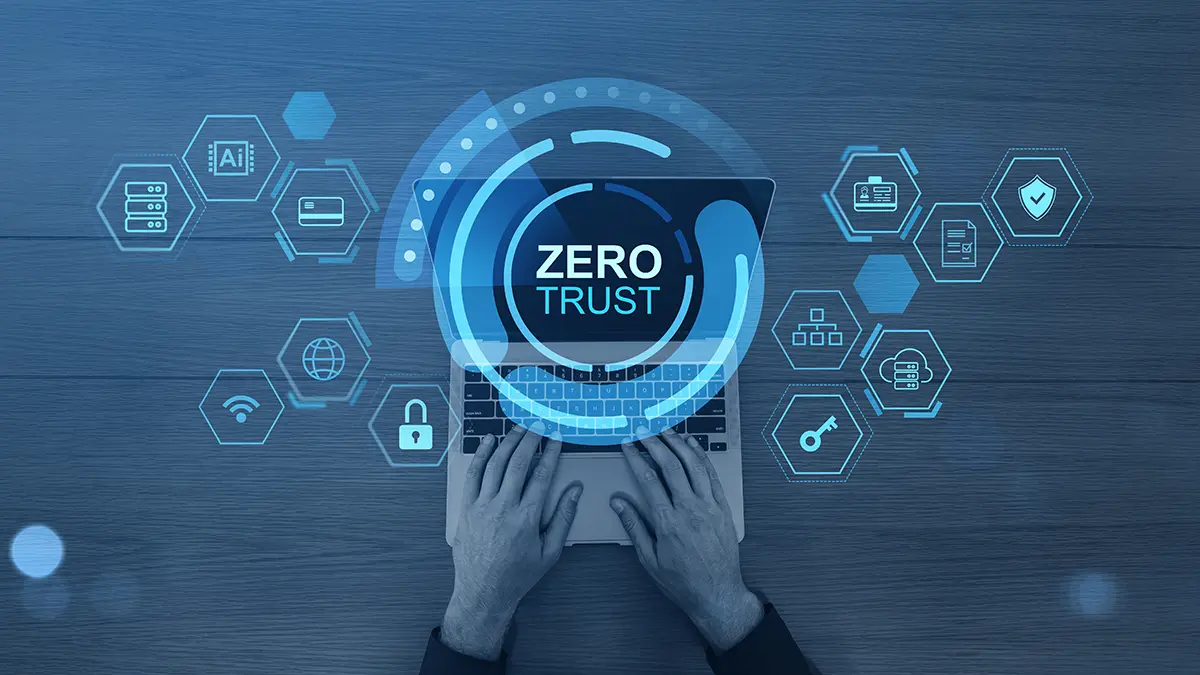How Does Zero-Trust Improve OT Network Security?

How Does Zero-Trust Improve OT Network Security?
In today’s hyperconnected industrial world, Operational Technology (OT) networks responsible for managing physical systems such as manufacturing lines, power grids, and transportation networks are increasingly exposed to cyber threats. Traditional network security approaches that rely on perimeter defenses are no longer sufficient. As OT and IT environments converge, attackers exploit vulnerabilities in legacy systems and remote connections. This is where the Zero-Trust Security Model comes into play, revolutionizing how organizations protect their OT networks.
Understanding Zero-Trust in the Context of OT
The Zero-Trust Model is based on a simple but powerful principle: “Never trust, always verify.” Unlike traditional perimeter-based security, Zero-Trust assumes that every device, user, or application inside or outside the network could be a potential threat. Access is granted strictly on the basis of verification, identity, and continuous monitoring.
When applied to OT environments, Zero-Trust aims to create a security architecture that ensures that only authenticated users and verified devices can access critical systems, and even then, only the specific parts of the network necessary for their role. This model reduces the attack surface dramatically, making it much harder for malicious actors to move laterally across systems.
Read Full Study: https://marketintelo.com/report/zero-trust-ot-network-market
Key Components of Zero-Trust for OT Networks
-
Identity and Access Management (IAM):
Strong authentication mechanisms like multi-factor authentication (MFA) and role-based access control (RBAC) ensure that only authorized personnel can interact with OT systems. This prevents unauthorized access that could lead to operational disruptions or data breaches. -
Microsegmentation:
One of the most powerful features of Zero-Trust is network segmentation. By dividing the OT environment into smaller, isolated zones, even if a breach occurs, it remains contained within that segment. This prevents attackers from spreading across control systems or production units. -
Continuous Monitoring and Analytics:
Zero-Trust architectures use real-time monitoring to detect anomalies and suspicious behavior. Machine learning and AI-driven analytics can identify deviations from normal operations like unusual device communication or unauthorized data access and alert security teams instantly. -
Least Privilege Principle:
Users and devices are granted only the minimum access necessary to perform their tasks. This minimizes the risk of insider threats or misuse of credentials, which is crucial in environments where downtime or manipulation of control systems could have severe physical consequences. -
Secure Remote Access:
As remote maintenance and monitoring become more common, Zero-Trust ensures that every connection whether from engineers, vendors, or third-party tools is authenticated and encrypted before gaining access to OT assets.
Benefits of Zero-Trust for OT Network Security
-
Enhanced Protection Against Advanced Threats: By assuming no trust by default, organizations can effectively block lateral movement of ransomware and malware within OT systems.
-
Reduced Downtime and Operational Disruption: Containment of breaches minimizes the impact on production and critical infrastructure.
-
Better Visibility and Compliance: Continuous monitoring helps organizations maintain compliance with industry standards such as ISA/IEC 62443 and NIST 800-82.
-
Resilience Against Insider Threats: Zero-Trust limits access privileges, reducing the potential damage from compromised or careless employees.
Final Thoughts
Adopting a Zero-Trust Security Model in OT environments is not just an IT strategy—it’s an operational necessity. As industrial systems become more digitalized, cyber resilience becomes a core part of maintaining uptime, safety, and productivity. Implementing Zero-Trust helps organizations protect critical assets, detect threats faster, and build a robust defense against evolving cyberattacks. In essence, Zero-Trust transforms OT network security from a reactive shield into a proactive, intelligent defense framework keeping both data and operations safe in the modern industrial era.


- Art
- Causes
- Crafts
- Dance
- Drinks
- Film
- Fitness
- Food
- Jocuri
- Gardening
- Health
- Home
- Literature
- Music
- Networking
- Alte
- Party
- Religion
- Shopping
- Sports
- Theater
- Wellness



